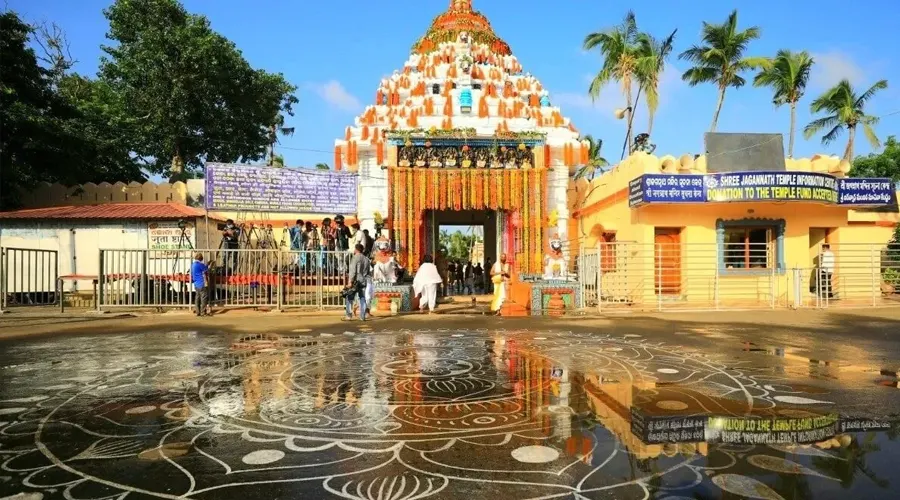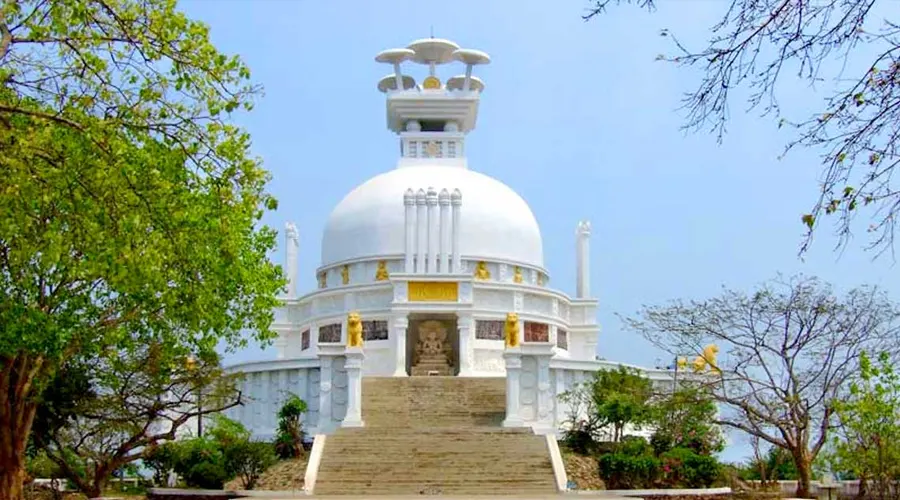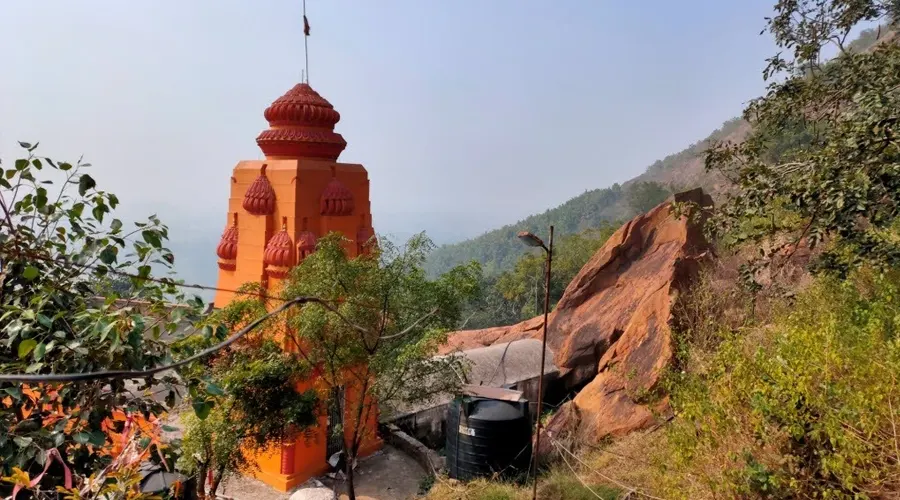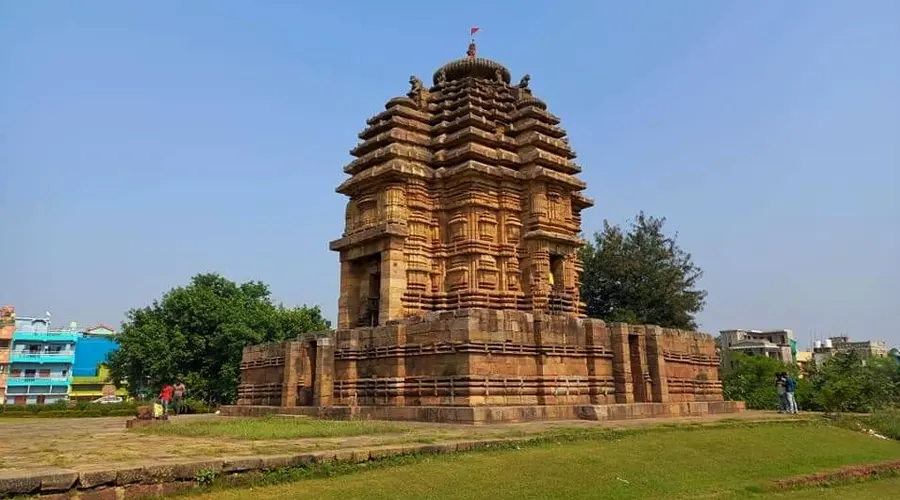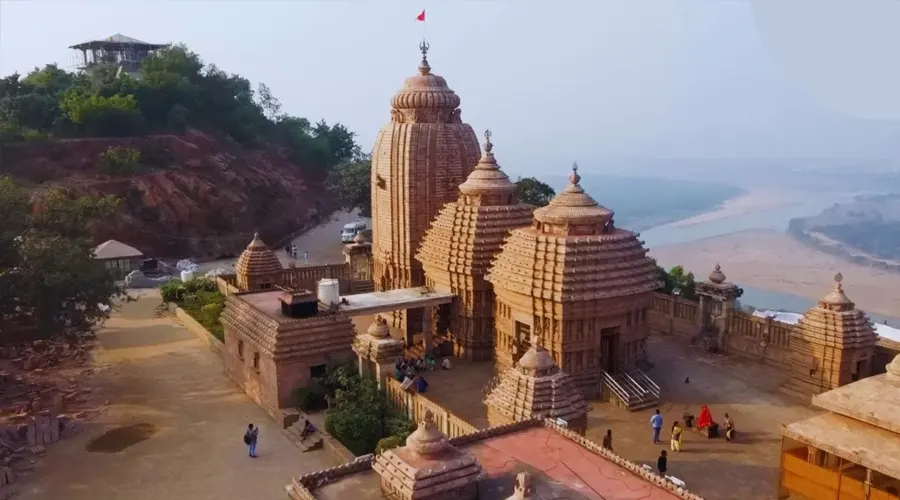Konark Sun Temple World Heritage Site
A UNESCO World Heritage Site, Konark Sun Temple is a striking model of ancient Kalinga artistry and fluidity of ideas. Dedicated to the Sun god, Surya, the first rays of the sun fall on the entrance of the temple. Much of the temple has fallen into rack and ruin but what remains still holds enough charm to captivate. An interpretation of a greater imagination, it has seen empires rise and fall, and identities washed away, yet appealing to our sensorium even today.
Konark Sun Temple is situated in the northeastern corner of Puri and is dedicated to Sun God. Konark is also known as “Arka Kshetra”. There are three images of the Sun God on three different sides of the temple, positioned in the proper direction to catch the rays of the sun in the morning, noon, and evening.
Believed to have been built in the 13th century CE the temple was built by King Narasimhadeva-I hailing from the Eastern Ganga dynasty between 1238-1250 CE. The temple was called Black Pagoda attributing to its dark facade by the Europeans who used it for navigation for their ships. It is said that the temple could draw ships to the shore due to its magnetic powers.
History of Konark Sun Temple
The name Konark is made of two Sanskrit words: Kona, meaning corner, and arka, meaning sun. The town gets its name from its geographical location which makes it look like the sun rises at an angle.
The history of Konark Sun Temple and sun worship goes as far back as the 19th century BC. The Konark Sun Temple, however, was built in the 13th century. The historic region of Kalinga which comprises major parts of modern-day Odisha and several parts of Chhatisgarh, Andhra Pradesh, and West Bengal, was ruled by the rulers of the Eastern Ganga Dynasty from the 5th Century AD to the 15th Century AD.
It was one of the most powerful dynasties in India which gave existence to majestic temples like Konark Sun Temple and Puri Jagannath Temple.
The Konark Temple was built by King Narasimha Deva I in 1244 to worship Surya, the Sun God. Konark was chosen as its place of construction because it has been described as the holy seat of Surya in various ancient texts.
Significance of Konark Sun Temple
Many Hindu scriptures mention Konark as an important place for worshipping the sun. There’s one that says Konark was the place where the first Sun temple was constructed. Samba Purana, an ancient text dedicated to Surya, tells the legend of how Samba, son of Lord Krishna, built the temple to worship the sun.
It is believed that worshipping the sun was started by Samba. As the legend goes, Samba built a sun temple in the 19th Century BC at the end of his 12-year-long worship of the Sun at Maitryeavana. This worship cured him of the leprosy that he was suffering from.
Architecture of Konark Sun Temple
The inside of Konark Temple is as glorious and magnificent as it is made to be. Its architecture has all the defining elements of Kalinga architecture - it includes Shikhara (crown), Jagmohana (audience hall), Natmandir (dance hall), and Vimana (tower). Several legends mention that the architecture of the Konark Surya Mandir is so accurate and intricate that the day’s first light fell on the image of Surya in the sanctum sanctorum of the temple, known as the Garbha Griha.




